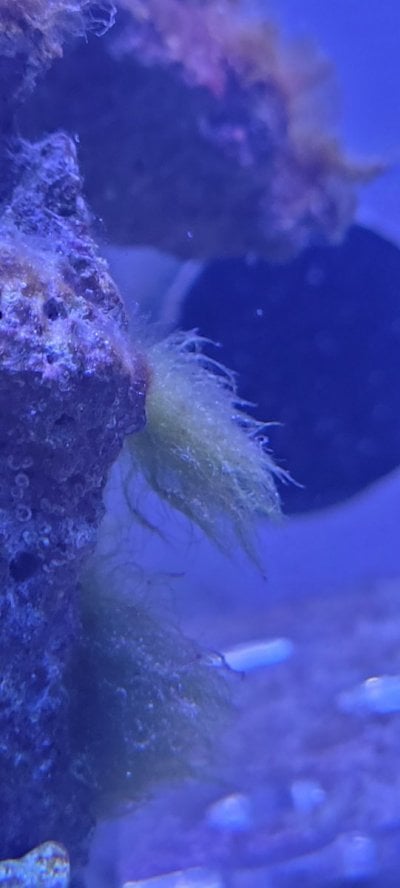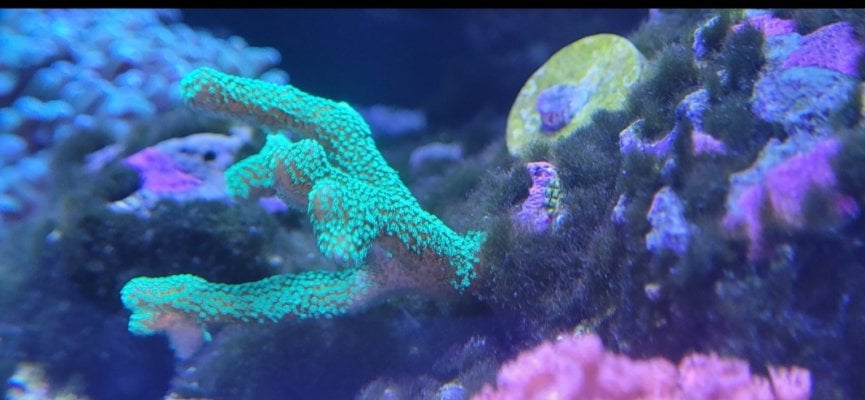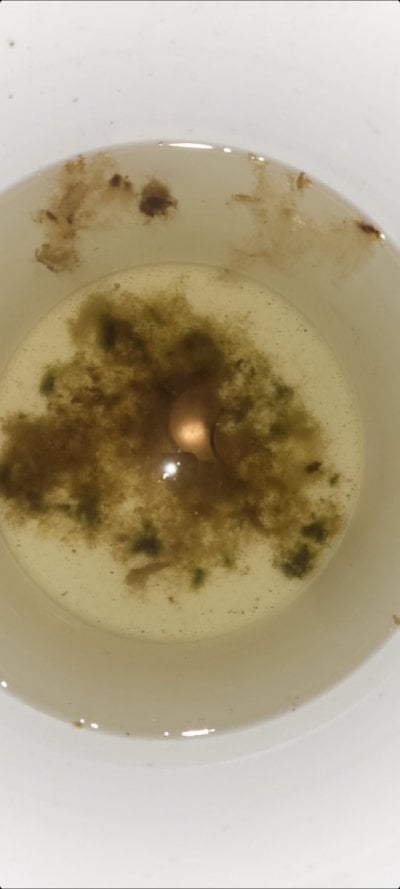Reads like an Occam's Razor question to me.The universe is big and has many chemicals.
The far more relevant question is the much narrower one:
What is in vibrant that gets detected as an algacide, in amounts roughly similar to the algacide in Algaefix, and is not found in any of the dozen other bacterial products that have been checked.
Why don't any of the other "bacteria" products react to the bromophenol blue test? Why only Vibrant and AlgaeFix react this way? Would any of the individual ingredients of Vibrant trigger the test? It is a pretty short list that does not compare to the AlgaeFix list all that much.
Why isn't the simplest answer probably the right one?





















